Three Racing Cars So Good They Were Banned Almost Immediately
When engineers build revolutionary cars that obliterate the competition.

It is sometimes stated that the very first car race happened 5 minutes after the second-ever car was built. And to an extent, that is very true. Racing has been part of the automotive industry from day 1 basically, as people try to find out who is quickest in what car. The direct result is a race for innovation as well, as one tries to outdo the other. It’s pretty much an ego game at the end and something that attracts huge crowds the world over. But what happens if an engineer or race car driver has an idea that propels a car so much ahead of the field, it becomes unfair? Should it be allowed, should others try and catch up, should the rules be changed or should the car in question be banned outright? With that in mind, it’s time for another Petrolhead Corner episode looking at cars so good, they were banned from competition.
We’ve touched on the subject of banned cars before, but more from the perspective of legality or even downright cheating. Those focused on drivers, teams or constructed who not only bent existing rules but broke them as well. We’ve seen inflated basketballs in gas tanks, rigged turbochargers and restrictors, espionage and more. This time around though, the cars in question were deemed legal according to the rules when they first raced. Cars that made such massive leaps in lap times that they obliterated the rest of the competition. Cars that for that very reason we’re eventually banned from competition.
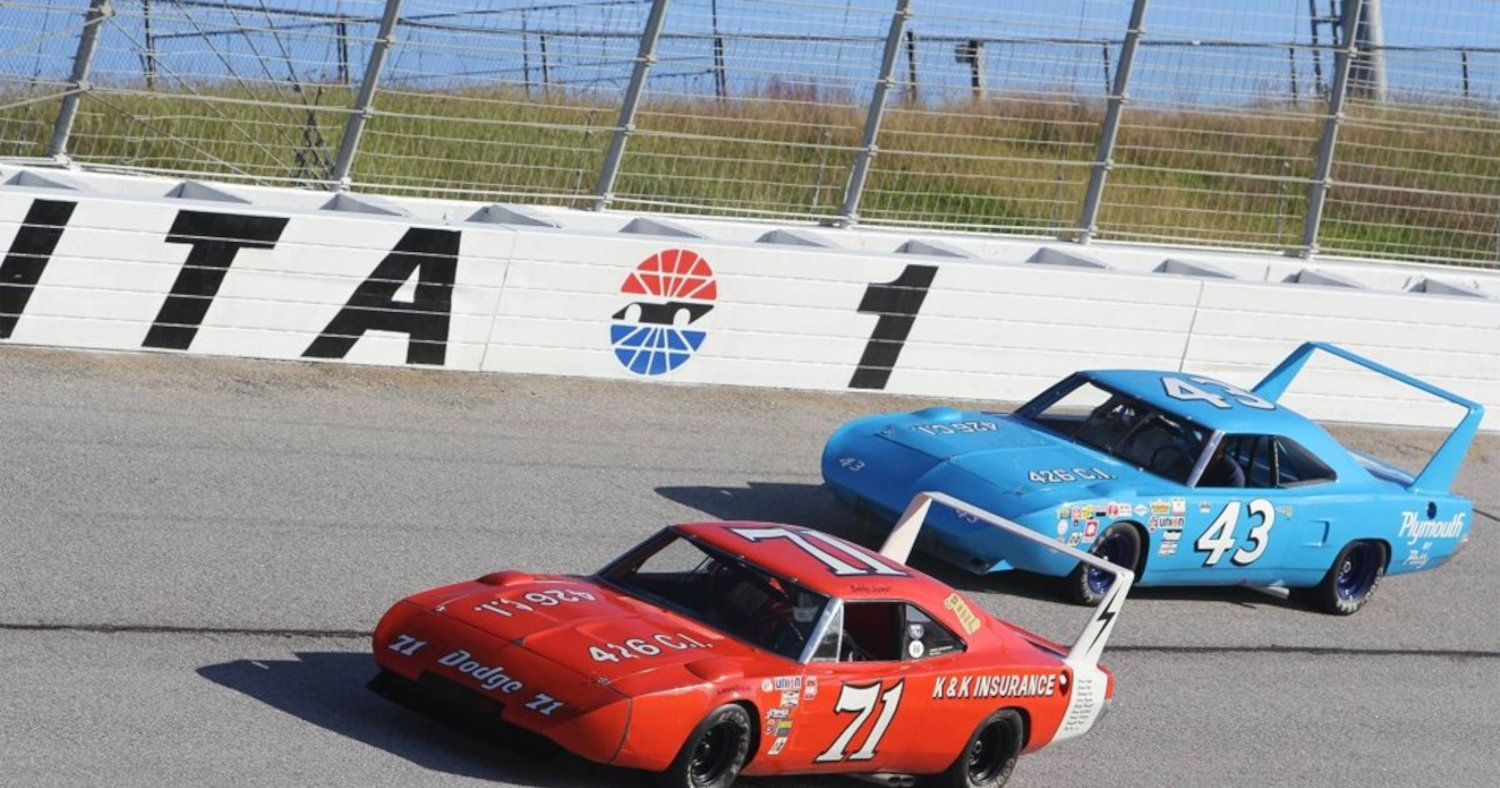
Dodge Charger Daytona
Back in the early 1960s, stock car racing in the US was pretty much a literal thing. Take a stock car, modify it to comply with safety regulations, and take it racing. It was as simple as that. And it has always been an immensely popular form of motorsports, but at one point things started to shift in another direction. A direction that saw car manufacturers develop a racing car and then homologating that by building a road-legal counterpart. And one of the most iconic cars ever created, followed that exact path to greatness before it was ultimately banned; the 1969-1970 Dodge Charger Daytona, named after the famous race track.
As Vinwiki explains in the video below, the Dodge Charger Daytona was the direct result of the rivalry between Chrysler and Ford, with the latter having the upper hand in the second half of the 1960s. With the saying “win on Sunday, sell on Monday” very much a real thing back then, the opposite also holds up. The rivalry became so fierce that even Chrysler-Superstar Richard Petty switched sides and joined Ford. The thing is, cars back then weren’t exactly aerodynamic and to make them go faster manufacturers would just increase the engine capacity and the horsepower.
But things changed with the Dodge Charger Daytona, and the Plymouth Superbird derived from the same concept (and a Chrysler-owned company as well). This was a car built with the help of missile engineers on the payroll of the Chrysler company, who were tasked to make the Charger more aerodynamic. The result was an extended nose with a cone-like shape, a flush-mounted rear window and a huge rear spoiler. The nose section was meant to pierce the air, the rear-window mounting stabilised airflow over the car and the rear wing lept the back end down at speeds. Simple solutions, really, but they worked brilliantly! When the Charger Daytona ran its first race, it obliterated the rest of the field and it was the first-ever NASCAR race car to break 200mph. With the Dodge Charger Daytona winning six races in the 1969 season and the Plymouth Superbird winning 8 more in 1970, a regulation change for 1971 saw all “Winged Warrior” cars, as they were affectionately known, be outlawed.
Brabham bt46B
Throughout all the years of Formula 1 competition, there have been plenty of truly unique moments but one perhaps stands out a little more than others. The story of Jack Brabham and his Brabham Formula 1 racing team is one-of-a-kind as the Australian racing driver, constructor and team owner is the only man who won the World Driver’s Championship while driving his own car, for his own team (1966). But that’s not all to the Brabham story, as it is also the constructor of the insane Alfa Romeo 164 Procar and the legendary Brabham BT46B fan car. And while Jack Brabham himself might not be responsible for the BT46B, as by 1969 he sold his team to Ron Tauranac, who eventually sold it to Bernie Ecclestone, it did bear his name.
The 1978 Brabham BT46B was the brainchild of the legendary engineer Gordon Murray (McLaren F1, GMA T.50) and was raced only once. It was built on the existing BT46 platform but used a huge fan in the back to suck out air from underneath the car. Using a loophole in the rules, Gordon Murray stated the fan was used to cool the engine instead, which was perfectly legal. However, the fan gave the car immense downforce as it literally sucked itself to the ground. We’ve seen something similar on the Chaparral 2J, which used an auxiliary engine to drive two fans to achieve a vacuum underneath the car. The concept drastically improved the aerodynamic benefits of ground effects, where the air is channelled and accelerated by shaping the underside of a car. This accelerates the air, reduces the air pressure and pushed the car down on the track without the need for massive wings.
The Brabham BT46B was first shown out in the open during the 1979 Swedish Grand Prix at Anderstorp, and it caused quite a fuss amongst the other competing teams and drivers. Niki Lauda qualified second with it, and as the race unfolded, the car proved its worth. Didier Pironi dropped oil on the track, which caused several other drivers to spin off but the Brabham was unphased by all this and won the race with a lead of over half a minute. Despite being deemed legal to race, public outcry from rivalling teams lead to Ecclestone stating he would withdraw the car after three more races. The pressure was so strong though, that the Commission Sportive Internationale changed the rules immediately and would ban all fan cars from then on out. That meant the Brabham BT46B was raced only once, and won, before being outlawed.
Chaparral 2F
The duo of Jim Hall and Hap Sharp are legendary for their unconventional out-of-the-box engineering concepts under the name of Chaparral. And as not all their innovations worked, they sometimes knocked it out of the park. Primarily known for their work in the bonkers Canadian-American Challenge Cup, otherwise known as Can-Am, the Chaparral 2-series cars are some of the craziest racing cars ever made. Can-Am racing was insane in its own right, to begin with, with monstrously powerful machines by the likes of McLaren and Porsche being blasted around race tracks across the United States and Canada. It drew in ace drivers, big-budget manufacturers and huge crowds, as the racing was extremely fast and intense. At some tracks, the cars would run lap times far quicker than Formula 1 cars of that era.
While perhaps the best-known car by Chaparral is the 2J we already briefly mentioned (and covered before), this time it’s the Chaparral 2F that gets the spotlight. The Chaparral 2-series cars started out as relatively simple racing cars but grew more complex with every iteration that followed the inaugural 2A. The team raced their cars throughout the US and Canada but also crossed over to Europe to compete in endurance racing such as the Nürbirgring 24 Hours. The Chaparral 2F was a closed-cockpit car, as opposed to most open-top Chaparrals. It used a massive 7-litre V8 by Chevrolet, producing 525 horsepower in a car that weighed less than 800 kilos. Mated to a three-speed automatic transmission, the car would prove to be very fast but sadly unreliable. It can be seen in the video below, of the 1967 Sebring 12 Hours race, competing against the Ford GT40 and Ferrari 275 GTB;
However, that’s not the only thing the Chaparral 2F was known for. The main feature everyone talks about when it comes to the 2F is the huge moveable wing on the back, mounted on two stilts. An evolution of the design first implemented with the Chaparral 2E, the 2F perfected the concept even further and proved the use of such wings. The Chaparral 2F’s drivers, Mike Spenc and Phill Hill could flatten the wing on the straights to reduce drag and increase speeds while tilting it again for the corners to increase the downforce. It worked brilliantly, and after solving the failing transmission issues, the car came in first in the 1967 BOAC 500 at Brands Hatch. After this race, however, the sanctioning FIA changed the rules to such an extent it rendered the 2F illegal and the car never got to show its real potential in the end.
Editorial Note: The images included in the article are sourced from Autoweek.com (Brabham BT46B), Mecum Auctions (Dodge Charger Daytona), CarThrottle.com (Dodge Charger Daytona), Hagerty.com (Chaparral 2F), AuthenticTexas.com (Chaparral 2F) and HistoricMotorSportCentral.com (Chaparral 2F).

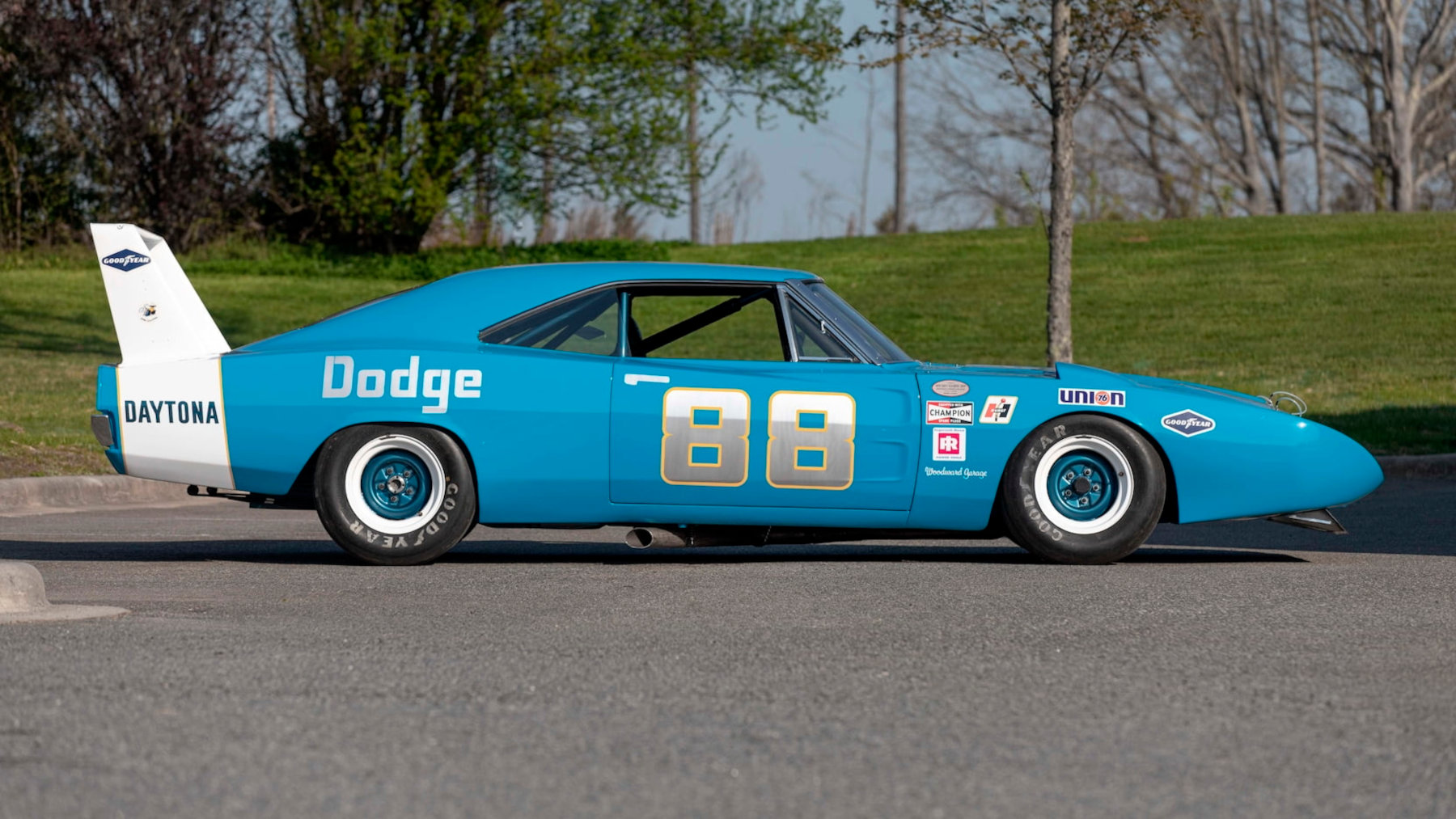
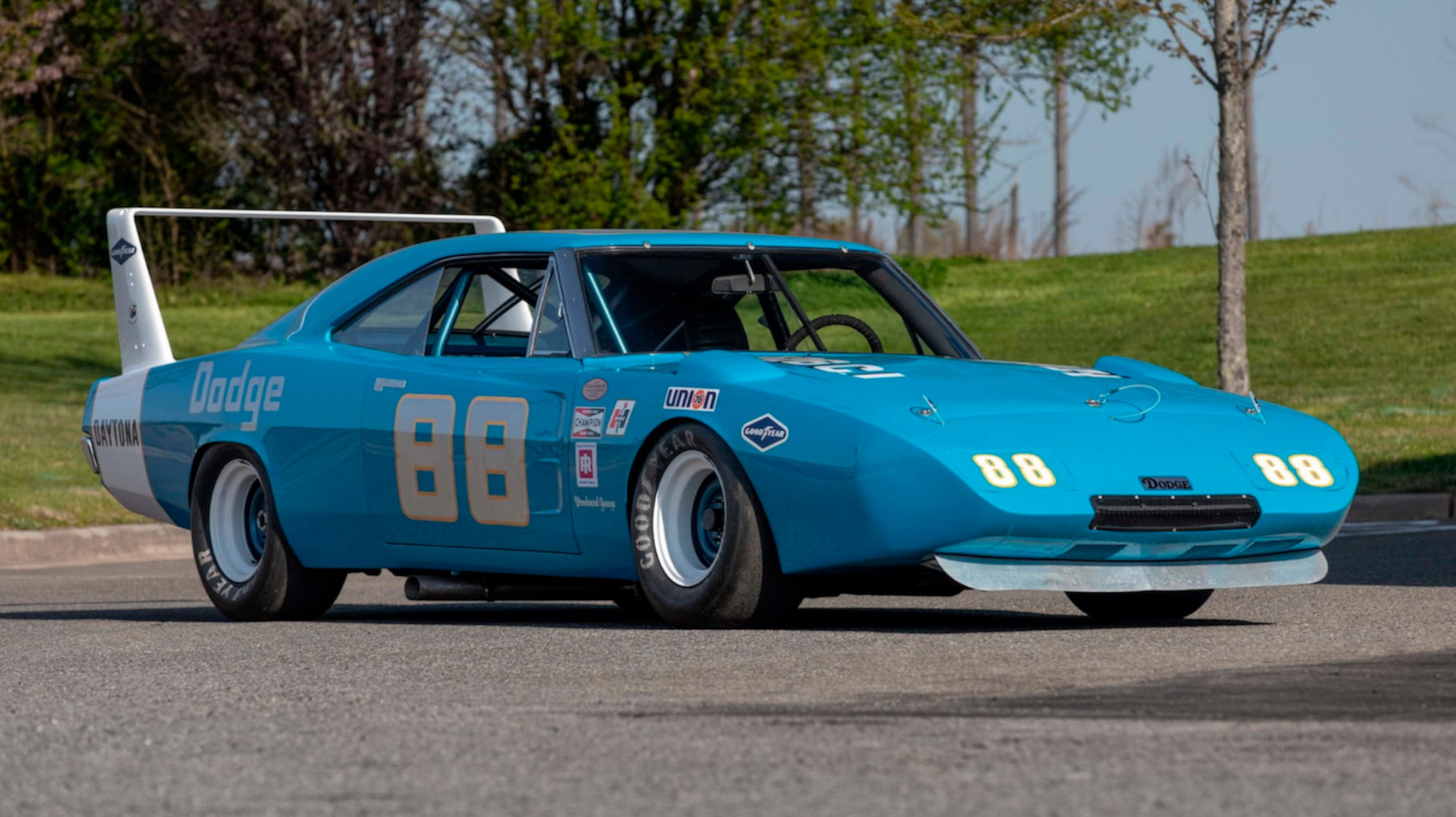
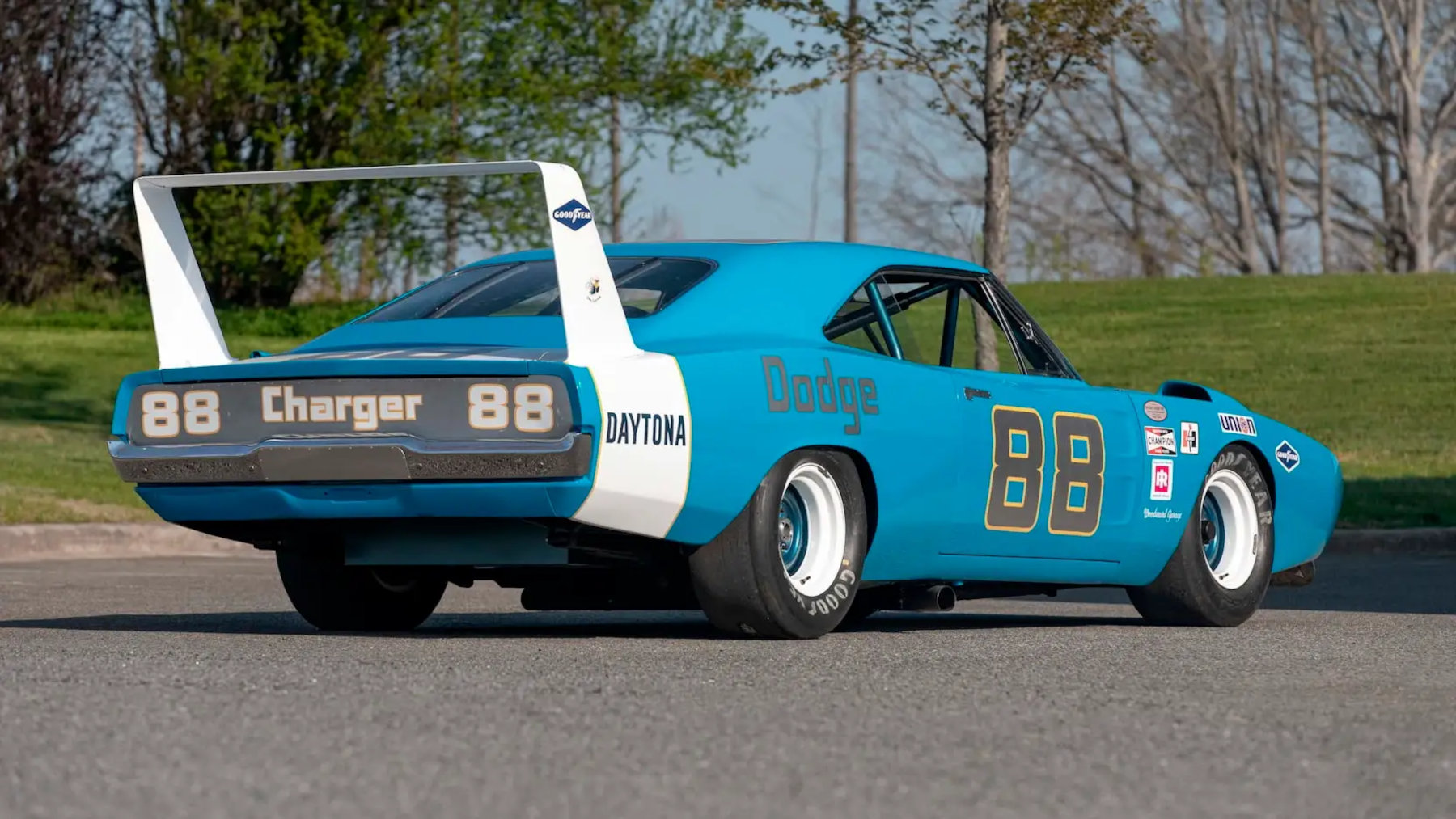
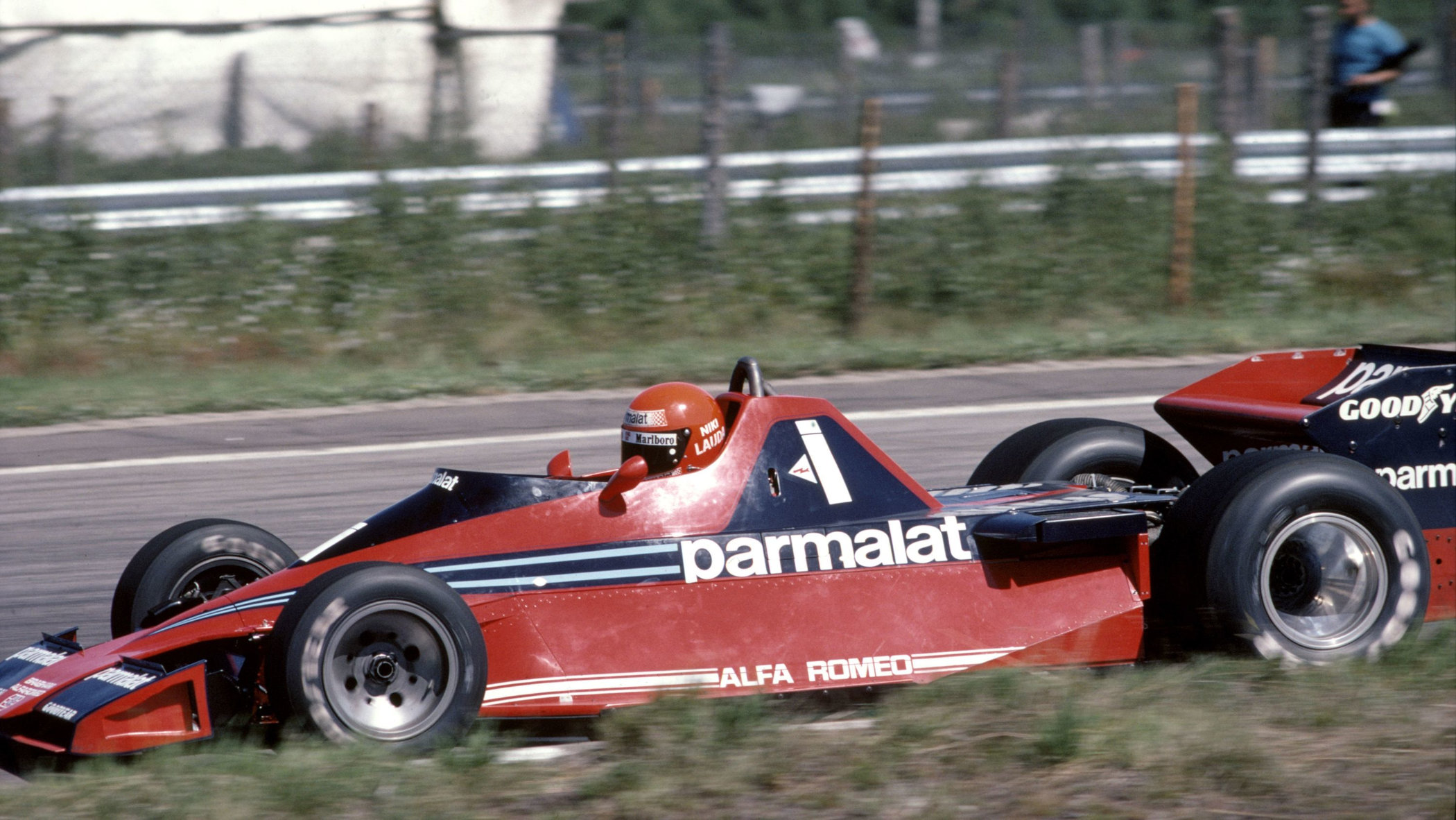
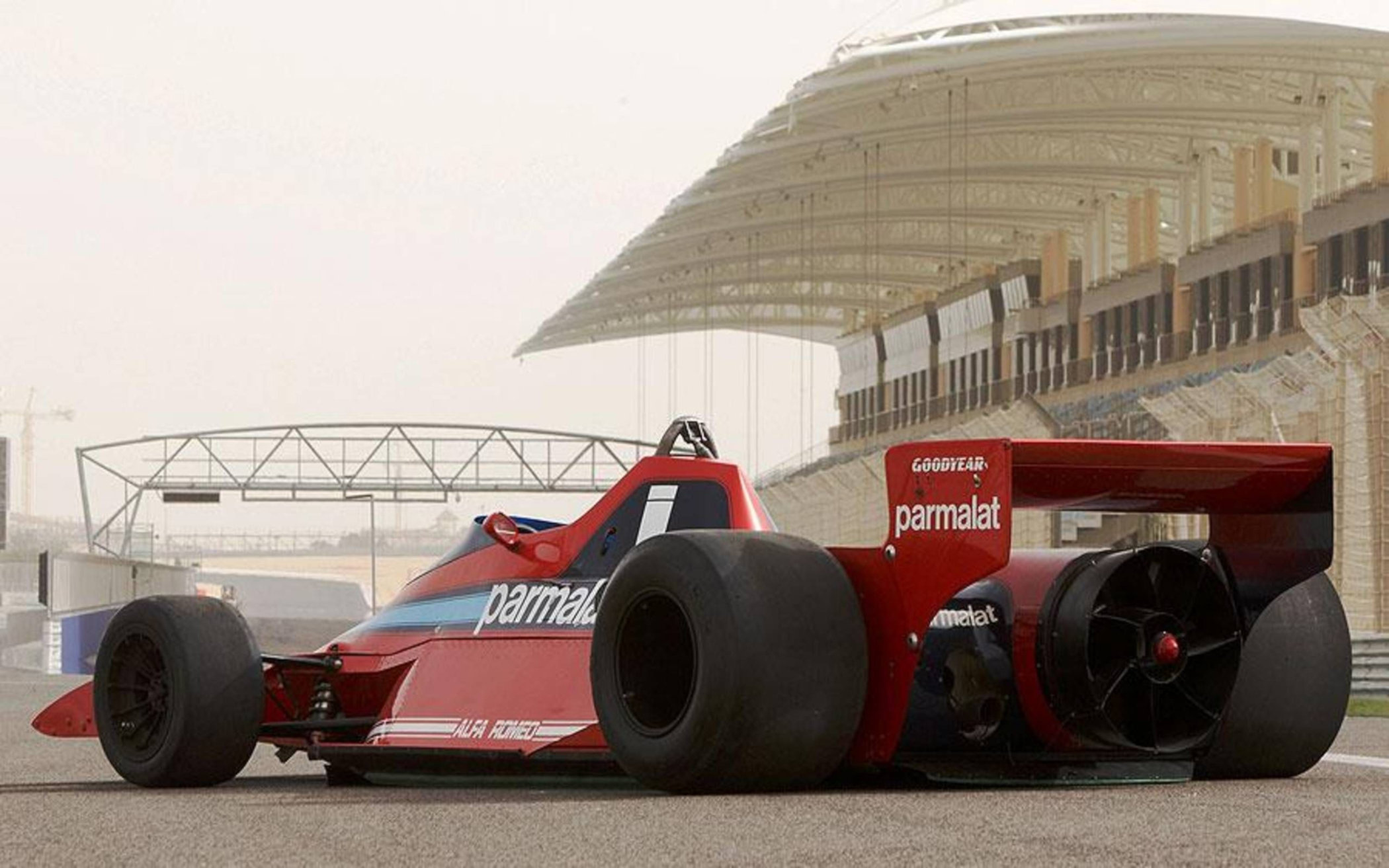

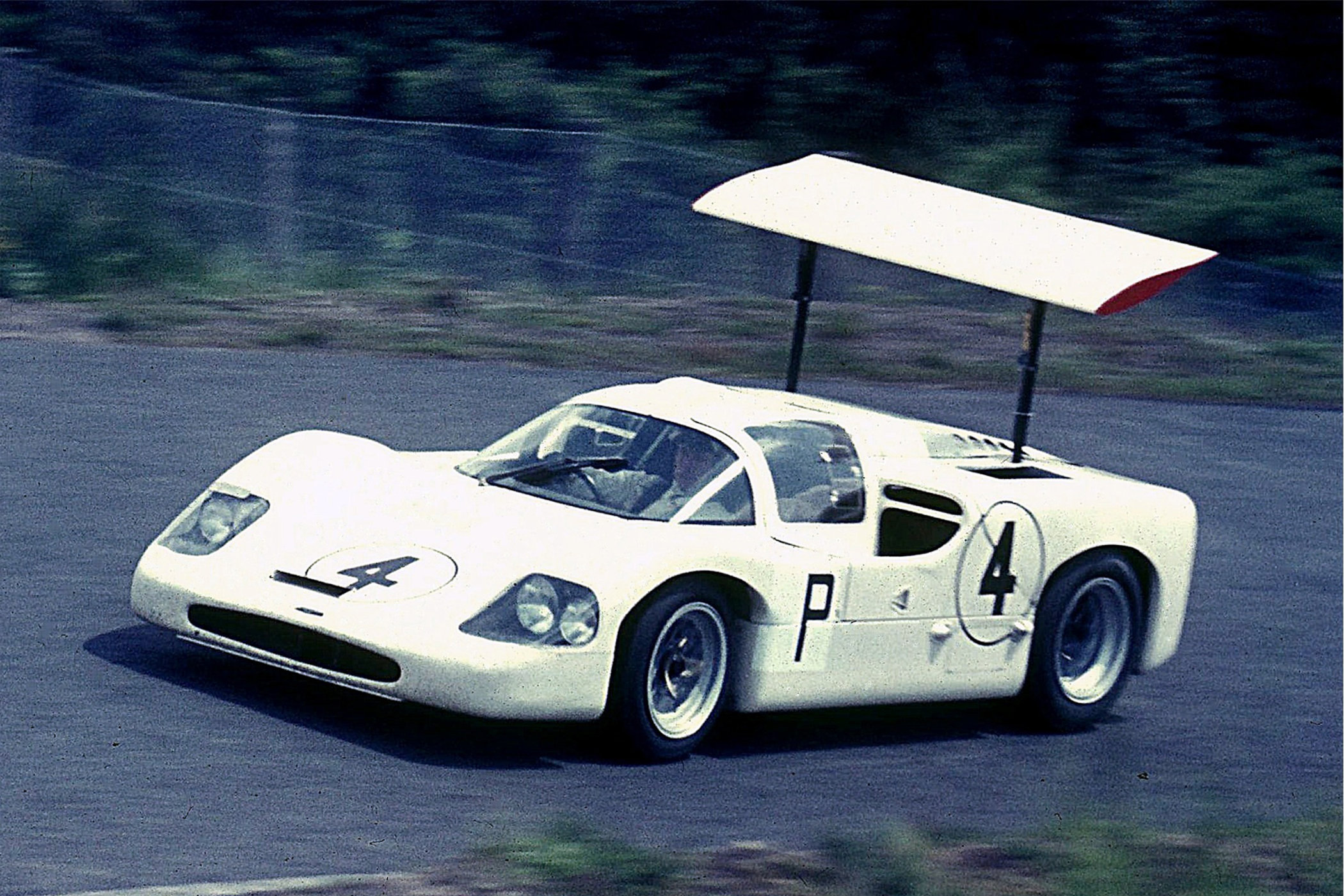



2 responses
Gran resumen
Cheating is not tolerated, would be another way to say that ?